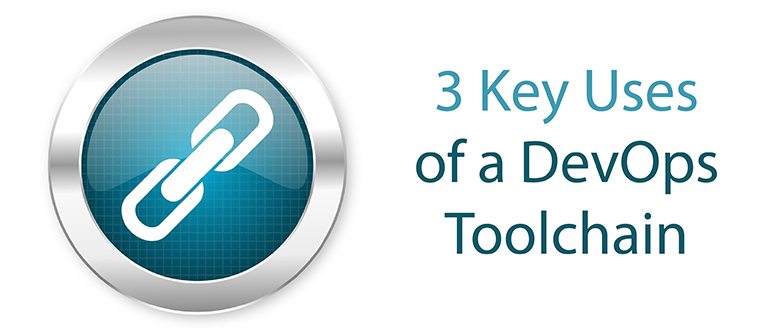The right combination of tools used in the right way can make a dramatic difference in how effective and efficient your DevOps environment is. Creating a toolchain–a seamless flow of tools that automates as much of the grunt work as possible–is a good way to get things done.
The ultimate goal of DevOps is to streamline development. DevOps doesn’t necessarily require tools and is not defined by its tools, but for most organizations, they play an integral role in automating tasks and ensuring processes run as efficiently as possible. When used together, a combination of DevOps tools form a DevOps toolchain, which enables teams to flow smoothly through the DevOps life cycle.
While the integration of DevOps is by no means ubiquitous, we’re witnessing its growing presence in the mainstream IT world. A plethora of tools and systems has emerged to facilitate continuous build, test, release and deploy, but constructing an effective DevOps toolchain to run efficiently can be a tricky undertaking. It often requires a good deal of experimentation and continuous refinement to ensure that critical processes and hand-offs are effectively automated.
[the_ad id=”4456″]While the specific tools and systems you utilize will depend on your organization’s unique needs, it’s helpful to keep three key uses of a DevOps toolchain in mind to guide your planning and organization. Let’s take a closer look at the primary ways that an organization can benefit from a DevOps toolchain.
1. Resolve Product Defects. The first use for a DevOps toolchain is to help resolve individual product defects more efficiently. Automation enables you to generate dependable, targeted alerts to your team about major IT incidents. This can not only improve the speed with which you resolve issues, but also help to proactively sidestep potential problems from escalating and damaging your customer experience.
Check out the full post on DevOps.com: 3 Key Uses of a DevOps Toolchain.
- Why Data Security Is the Real AI Risk - June 30, 2025
- Why Being Bold Matters in Cybersecurity—and Branding - June 3, 2025
- Gear Tested and Approved: My Top Picks for Dads and Grads This Season - May 28, 2025



